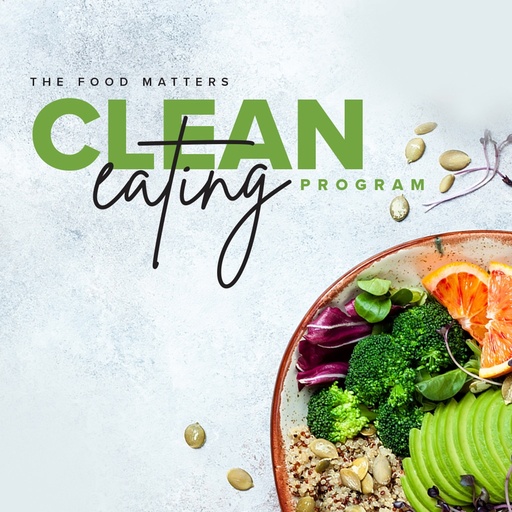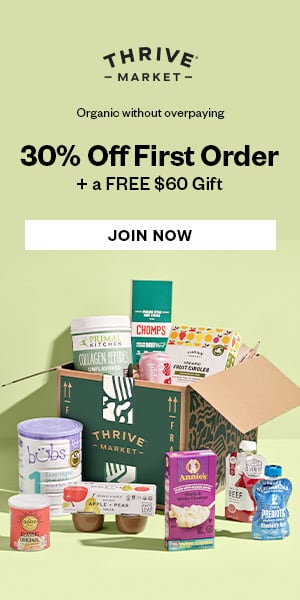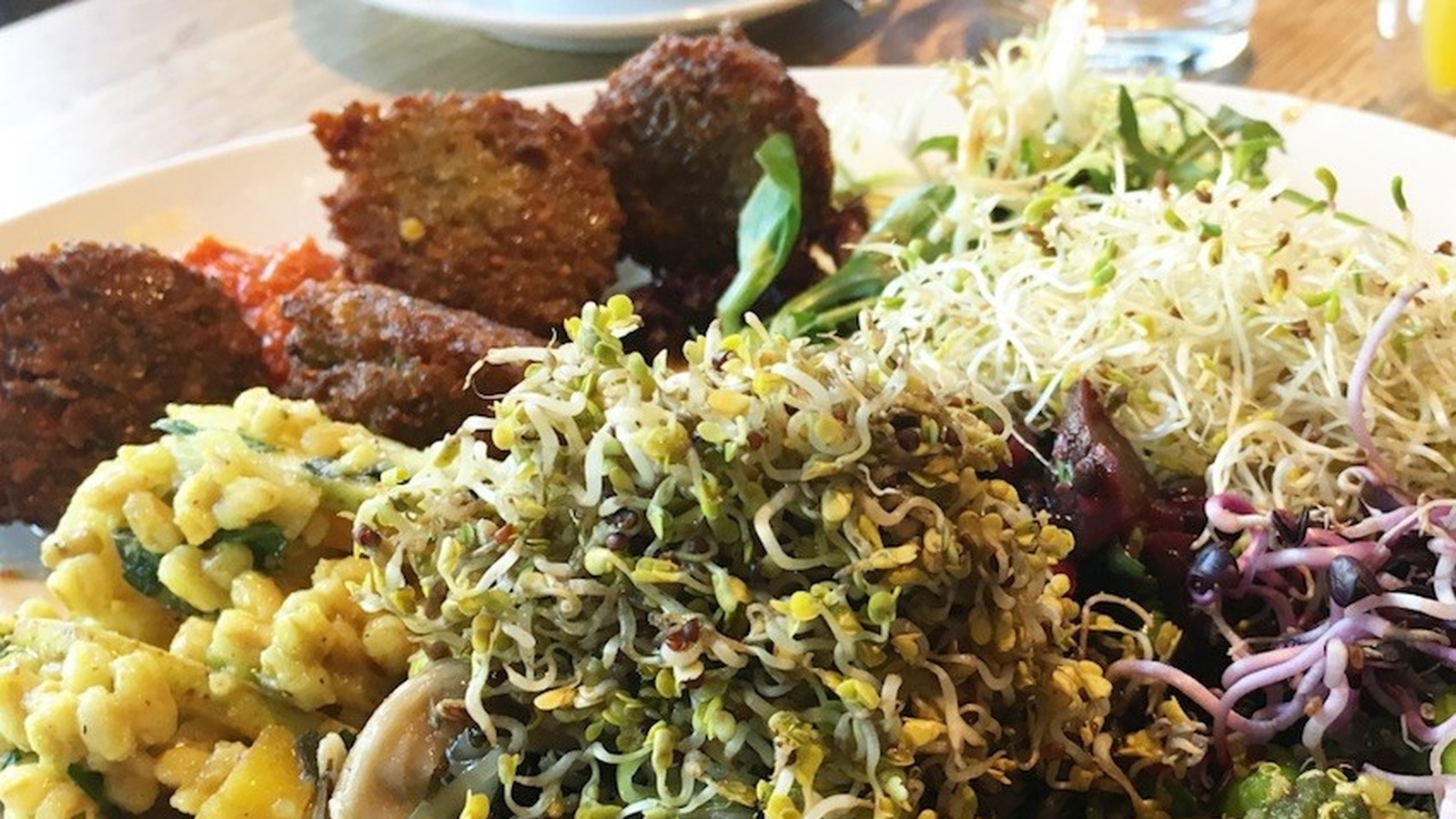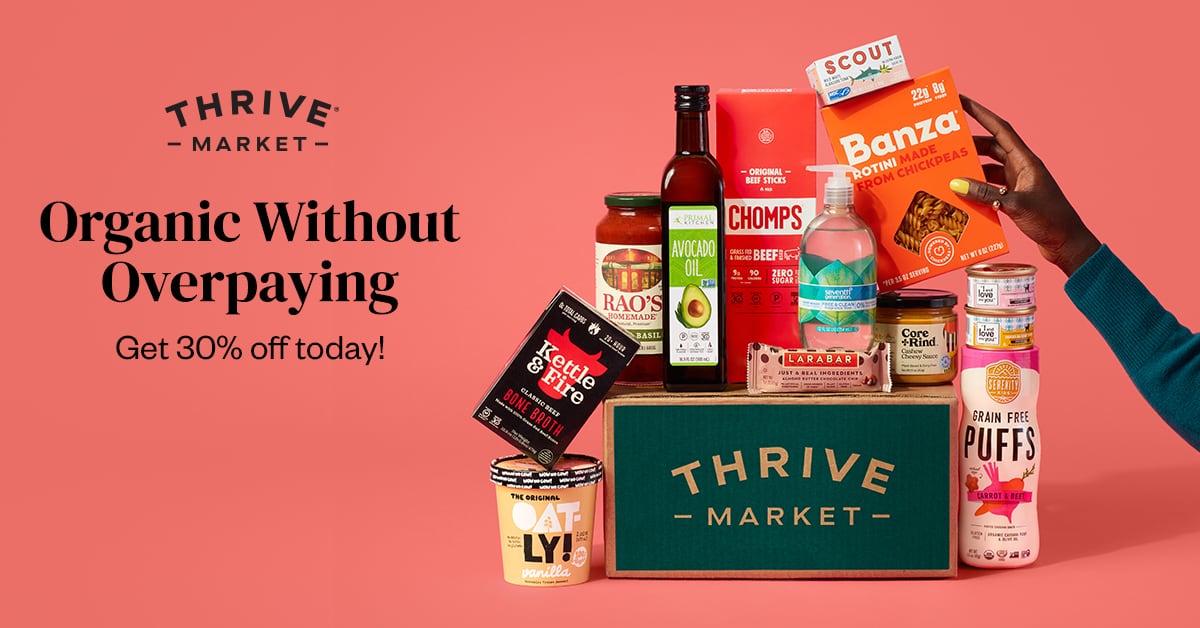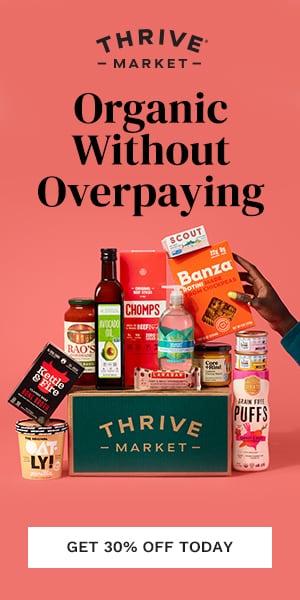Plant-based? What do you eat?
In my adult life I’ve been fortunate to have had the opportunity to travel quite extensively. On my journeys, I’ve had the pleasure of meeting many interesting people, as you’d expect. Recently, my partner and I were invited to the Czech Republic, firstly in my capacity as a film-maker to showcase my latest documentary titled, “What is Real?” and secondly as a traveling Jivamukti Yoga teacher.
The one aspect that always comes up when we’re about to travel to a new place is the question of food. For over 7 years now, I’ve devoted myself to the idea of veganism. Veganism, in simple terms, means that I choose only to enjoy plant-based foods and nothing that has come from any animal, in any way. Yes, this includes honey, eggs, milk, cheese, etc. And the reason for this? Quite simply, respect and compassion for all beings we share this planet with.
Today’s blog post, however is not about the ethics behind a vegan diet. Today’s post is to help those who may be thinking about trying out a vegetarian or vegan diet but aren’t sure how they’ll manage on a daily basis, as well as when they’re traveling. And rightly so. This is a genuine concern because most of us grew up with a certain model in in our minds of what the food chain should look like, and it definitely didn’t encourage a pure, plant-based diet. But to understand our food choices, we need to understand the difference between necessity and luxury.
We Need Protein
To begin, let’s first understand what we, as human beings, require in order to survive. Yup, you guessed it! Protein. But what exactly is protein? Simply put, protein nutrients form the basic building blocks for life. As the internet explains
“Proteins are essential nutrients for the human body.[1] They are one of the building blocks of body tissue, and can also serve as a fuel source. The most important aspect and defining characteristic of protein from a nutritional standpoint is its amino acid composition.”
What are amino acids? Again, according to the internet,
“Amino acids are organic compounds. In the form of proteins, amino acid residues form the second-largest component (water is the largest) of human muscles and other tissues.[5] Beyond their role as residues in proteins, amino acids participate in a number of processes such as neurotransmitter transport and biosynthesis.”
Ok, so now that we know what we’re essentially made up of, then the next question is… “Where do you get your protein?” I’d be a billionaire if I got paid a dollar each time I was asked this question.
So Where Do We Plant-Based Human Beings Get Our Protein?
The average female requires 46 g of protein a day and the average male 56 g. These figures are extremely easy to achieve when you consider that protein is found in a cup measure of legumes like lentils (18 g), chickpeas (19 g) black beans (15 g) and soy beans / tofu (11 g). All of these are pretty easy to find on your travels. But the easiest is white bread. I’m not a fan of white processed bread, but it’s easy to find and contains ±9 g of protein per 100 g of bread, along with other essential vitamins like calcium, iron, B6 and magnesium.
Fresh, leafy greens like kale, arugula, spinach, and broccoli not only aid in your daily protein intake, they also create a complete protein when combined with grains like rice. Meaning? “A complete protein (or whole protein) is a source of protein that contains an adequate proportion of all nine of the essential amino acids necessary for the dietary needs of humans or other animals.”
Examples of complete proteins are: Whole Grain + Legumes. Whole Grain + Nuts. Whole grain + Leafy Greens. As well as adding asignificant amount of protein to your diet, leafy greens also boost your body’s iron absorption rate by offering high amounts of vitamin C to your diet. These same leafy greens provide us with more than enough of the essential vitamins our bodies require on a daily basis. And calcium is more effectively absorbed into the body via leafy greens rather than cow’s milk.
At this point in the conversation, carnists generally counter-argue that legumes and grains are too loaded with carbohydrates, which they’ll say are essentially bad for you.
But again, the facts state otherwise. According to Dr. Garth Davis, MD at the Davis Clinic, carbohydrates can’t and don’t make you fat. And the more carbs we consume the less prone to diabetes we become. Why is this? Well, the starches in carbs are good for you. We have storage in our muscles and liver called glycogen and when we eat carbs we either store them or burn them. If you eat fat, that goes straight to the fat we have already stored. It’s impossible for your body to turn the carbs you eat into fat unless you overdo the consumption of calories on a daily basis.
So then if we have debunked the protein, amino acids, vitamin, calcium and carbohydrates conspiracy of being on a plant-based diet. And if all these facts lead us to the realization that we’re better off on a plant-based diet, then what do you eat when traveling to foreign places?
In my experience on a vegan diet for the past 7 years and vegetarian diet for a few years before that, I can safely say that I have always eaten well and have never struggled to find good, healthy food. This is typically what my diet consists of when I travel…
APPs
Apps have made the world an easier place and a vegan lifestyle is no different. Apps like Yelp make finding vegan restaurants and veg menu options as simple as 1, 2, 3.
Milk?
Soya or almond milks are readily available in most places these days, but if not, then make your own almond milk by soaking 1 cup of almonds overnight in your hotel room. Ask the kitchen staff to blend the nuts with 2 cups of water, add a pinch of salt and voila, you have almond milk.
Asian cultures have been eating and drinking soya products for over 2,000 years. In fact, one of the largest nutritional studies ever conducted was based on the Chinese culture in an attempt to decipher the foods that could be directly linked to being carcinogenic and cancerous. This study, known as the China Study, is worth a read if you are interested in learning more about a plant-based diet and the negative effects that meat and dairy actually have on our bodies.
Breakfast & Hotels
These are typically some of the fantastic foods you can easily find around a breakfast buffet in most hotels:
- A selection of fresh fruits.
- A selection of breads and crackers.
- Avocado, cucumber, arugula, spinach and fresh tomato.
- Peanut butter, seeds, cereals and assorted nuts.
- Baked beans, potatoes and mushrooms.
- Sauerkraut or fermented foods, which are great for your gut health.
- Most hotels have blenders, so grab a banana, a spoon of peanut butter, soy milk, a handful of spinach and ask them to blend a smoothie for you.
Lunch & Airports
Almost every airport has a fresh food deli from which you can grab an apple, fill up your water container and get a bag of assorted nuts. Most fast-food chains offer vegetarian burgers and semi decent salads. Obviously, supporting these large fast-food chains isn’t ideal, but there are two schools of thought here: the ones that oppose the idea and the ones that support the idea.
My feeling is, isn’t it better to support these large chains, when necessary, in order to create the critical mass and demand for these vegetarian options with the hope that it leads them to offer more and more options? And perhaps, with time, their menu becomes a 100% plant-based menu with healthy, affordable food for all?
Dinner & Restaurants
If you’re traveling in a group, conversations can get quite heated, especially if you impose your vegetarian ideals on others. I’ve found that going with the flow is a much more enjoyable experience for all. So if you’re going to a restaurant with colleagues and don’t want to cause a fuss, the best option is to suggest an Asian, Indian, or Mediterranean dinner location. This way you’re guaranteed a menu with definite plant-based options which you can alter to make vegan.
If you’re not going to one of these more vegetarian friendly places, then ask your host for the name of the restaurant and call them up. Most chefs love the challenge of creating a vegan meal as long as you give them ample time to prepare. Failing that, my experience has found there is always an amazing salad, soup or vegetarian option on the menu which can be altered to be vegan with little to no effort from the chef or kitchen.
Wine can be challenging to determine whether or not the manufacturer has used animal bi-products in the filtration process. Ask to see the bottle, as most of the time they will label it with eggs or milk bi-products. Failing that, try googling the brand to see if there are any comments on it being vegan. Most of the time you’ll find this quite easily. And if you’re drinking beer, then steer clear from dark ales and stouts as they’re traditionally made with fish or isinglass. Recently Guinness announced that it had phased out the use of isinglass.
Sweet Things
Finding a vegan desserts can be quite challenging in most restaurants. Many offer vegetarian options, like a fruit salad with cream or ice cream. You can replace dairy cream for coconut cream or milk, if that’s available.
Sorbet is also a readily available option in most places. Over the years, however, my eating habits have changed and I have found that eating a starter, main and dessert in one sitting is quite luxurious and not necessary. So sometimes the best idea is to end with a tea to settle the stomach.
Alternatively, you always have the power of Apps to help you find a vegan ice cream parlor or delicatessen with vegan options. Most hosts I have visited worldwide are always keen to try something new, even if they’re not vegan, and will take pride in helping you research and find a vegan shop.
Conclusion
In the end, the food choices we make directly affect our physical bodies, our energy, emotions, brainpower and ultimate happiness. So the question you need to ask yourself when taking a bite of any food is, “Will this food bring joy to my body, mind and soul?”



